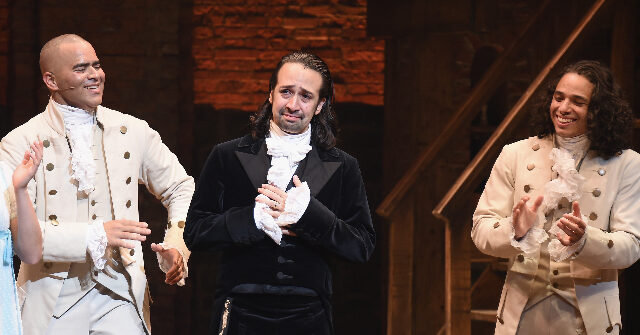The Cancellation of Hamilton at the Kennedy Center
The recent cancellation of Hamilton at the Kennedy Center has sparked significant dialogue, highlighting the intersection of politics and the arts. This decision came in response to changes in the center’s leadership under the Trump administration, which has led to a reevaluation of its role in American cultural life.
Leadership Shake-Up at the Kennedy Center
The cancellation of Hamilton followed a notable shift in leadership at the Kennedy Center. The Trump administration’s appointment of President Trump as chairman and Richard Grenell as interim president marked a significant change. This restructuring led to prominent artists like Renée Fleming distancing themselves, underscoring concerns about the center’s direction under new leadership.
The Decision to Cancel
Lin-Manuel Miranda and Jeffrey Seller, key figures behind Hamilton, expressed their concerns about the Kennedy Center’s shift from its bipartisan roots. They perceived a move towards a more partisan agenda under Trump, prompting their withdrawal from the center’s anniversary celebration. Their decision reflects a broader debate on the politicization of cultural institutions.
A History of Political Engagement
Hamilton has a history of addressing political issues, notably when cast members spoke to Mike Pence in 2016. This precedent contextualizes Miranda and Seller’s current stance, illustrating the musical’s role as a platform for political expression and its commitment to diverse representation.
Response to the Cancellation
Richard Grenell criticized the cancellation as a "publicity stunt," accusing Miranda and Seller of intolerance towards differing political views. This response highlights the tension between artistic expression and political ideology, emphasizing the challenge of maintaining inclusivity in cultural institutions.
Conclusion: The Broader Implications
The cancellation of Hamilton at the Kennedy Center underscores the delicate balance between politics and the arts. It reflects broader concerns about cultural institutions’ autonomy in a politicized environment. This incident serves as a reminder of the arts’ power to influence public discourse and the challenges faced in maintaining bipartisan support in divided times.


